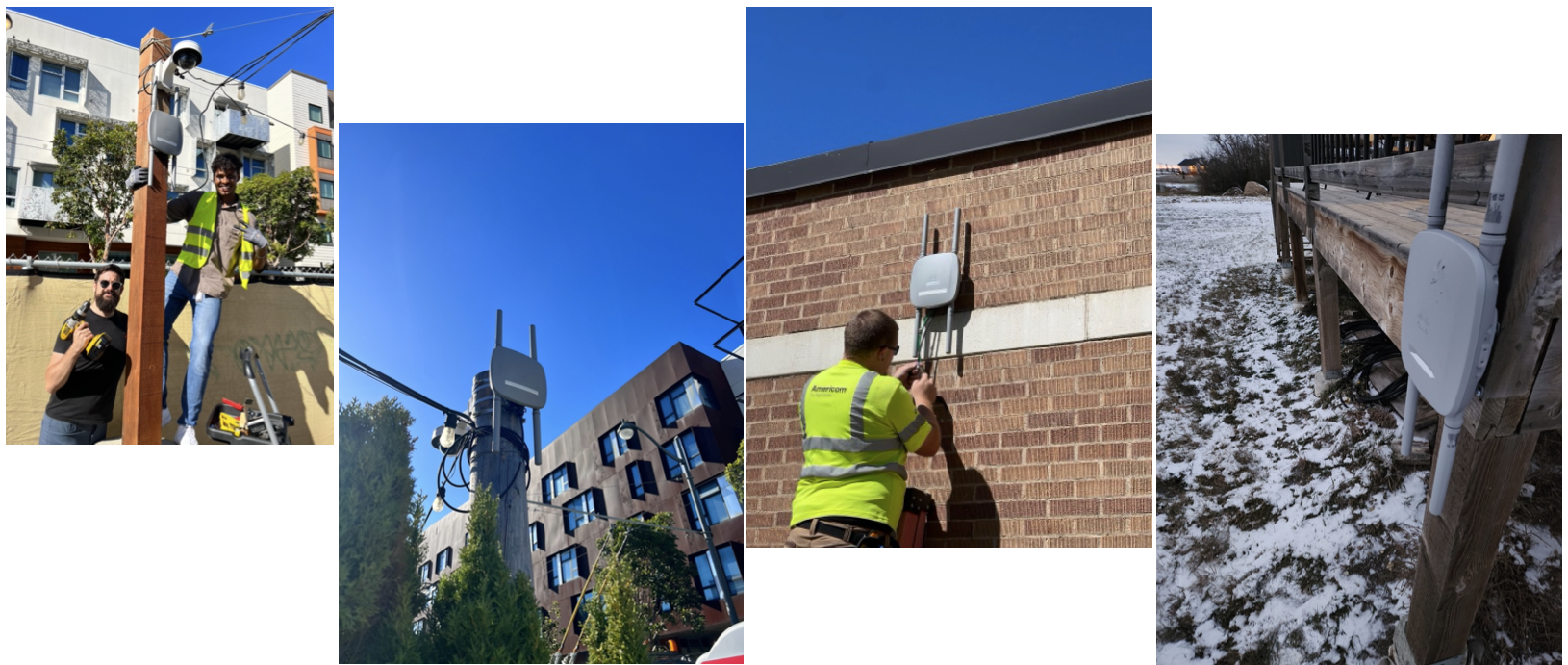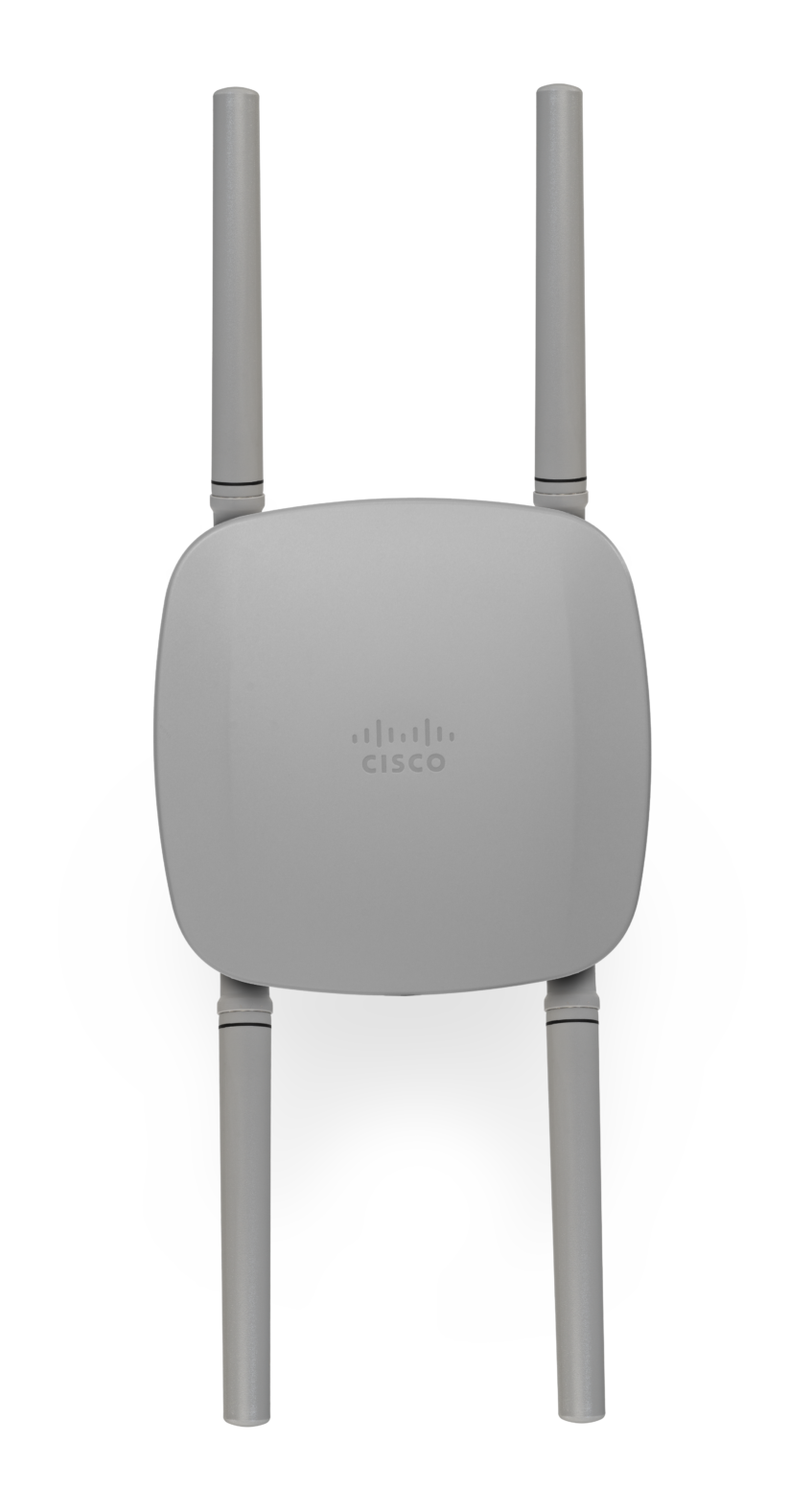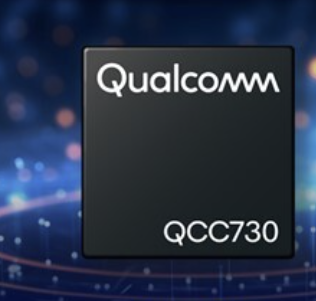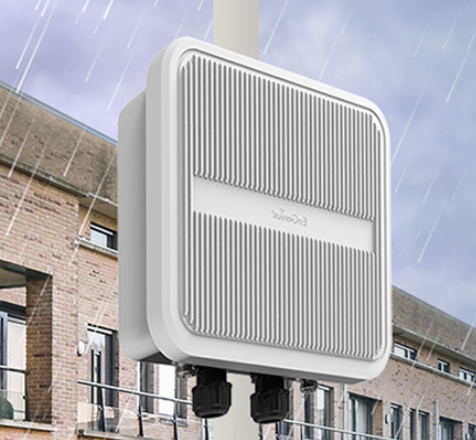
By Claus Hetting, Wi-Fi NOW CEO & Chairman
The introduction of 6 GHz Wi-Fi is a paradigm shift in connectivity as well as arguably the biggest evolutionary step in Wi-Fi since its inception nearly 25 years ago. With AFC services now only awaiting final FCC approvals before being switched on, Cisco is kicking off 6 GHz Wi-Fi everywhere with the release of their first outdoor 6 GHz AP. Cisco’s wireless portfolio now includes 6 GHz APs for every application, the company says.
Wireless history is in the making as the FCC prepares – most likely before end of 1Q next year – to certify the first AFC service providers for the US market. This means that enterprises and service providers very soon will be permitted to operate 6 GHz Wi-Fi outdoors (and indoors) at standard power levels. The result will be a huge leap forward in Wi-Fi connectivity reach and quality with up to sixty-three times stronger RF signals compared to existing low power and indoor-only 6 GHz Wi-Fi.

Last week Cisco extended their portfolio of Wi-Fi 6E access points by releasing their first outdoor 6 GHz-capable Catalyst AP dubbed CW9163E. “Wi-Fi 6E is a game-changing opportunity for enterprises to serve their staff, guests, and IoT devices with exceptionally high performing Wi-Fi. We believe the value of Wi-Fi services just went up by an order of magnitude when operating in the pristine, interference-free 6 GHz band. And now the full range of benefits is also available outdoors at standard power levels,” says Dan Wang, Product Manager at Cisco Wireless.
AFC user interface already available & ready
The new outdoor AP comprises tri-band architecture with two spatial streams for each of the 2.4 GHz, 5 GHz, and 6 GHz bands. External antennas deliver either omnidirectional or (available first half 2024) directional radiation patterns. Because geolocation is a critical requirement of AFC services, the new AP comes with a built in GPS receiver that can be extended with an optional external GPS antenna, Cisco says. The peak PHY data rate delivered by the new AP is 3.9 Gbps on aggregate for the three bands.

The AFC services required to operate the new AP outdoors at standard power are already up and running on both the Catalyst 9800 controller platform and on the Meraki dashboard, Cisco says. A quick AFC UI demonstration shows the the AFC function querying the database and nearly instantaneously generating a map of what channels are available at the specified location and at what power levels. “With AFC enabled it is of course also possible to operate at standard power indoors when using Catalyst Wi-Fi 6E access points,” Dan Wang says.
The likely most important use cases for the new AP include covering outdoor areas on university campuses or for example outdoor Wi-Fi for hospitality and resorts. Connectivity for large industrial facilities such as aircraft hangers or outdoor transport hubs are other promising applications. Cisco also believes that municipal (usually free) public Wi-Fi as another potentially important use case, the company says.
How much standard power 6 GHz spectrum is available in practice?
The purpose of the AFC service is to protect incumbent users of the 6 GHz band from potential interference from Wi-Fi. This means that – from time to time – not the full 850 MHz of 6 GHz band can be available to Wi-Fi services depending on the location of the AP. But how much spectrum is typically available in practice? A recent white Paper from Qualcomm attempts to answer this question.
Qualcomm examined how much standard power 6 GHz spectrum would be available at 1,000 AP locations across the San Francisco Bay Area. The results were encouraging. “In all the scenarios considered, 90% of AP locations have access to over 90% of the 6 GHz standard power channels regardless of the geolocation method employed,” Qualcomm says in the white paper. The paper is available here.
/Claus.









